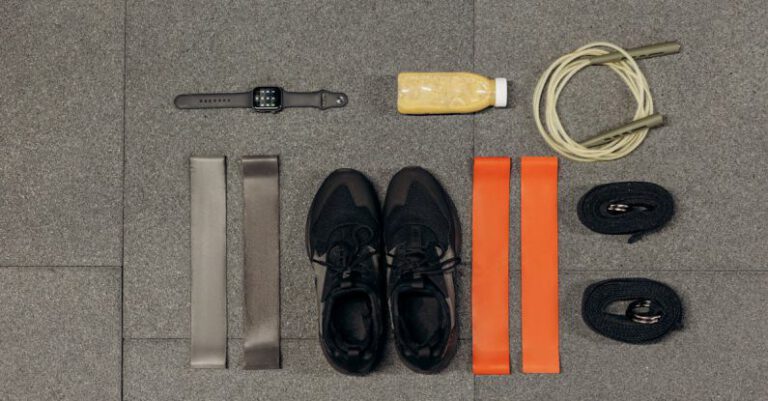
Cycling is a demanding sport that requires both physical strength and mental resilience. Whether you are a professional cyclist or a casual rider, recovery is a crucial aspect of your training routine. Taking the time to properly recover after a ride not only helps prevent injuries but also improves your overall performance. In this article, we will explore some of the best recovery techniques for cyclists to help you maximize your potential and stay at the top of your game.
**Foam Rolling and Stretching**
Foam rolling and stretching are essential components of any cyclist’s recovery routine. Foam rolling helps release tight muscles, improve blood flow, and reduce muscle soreness. By incorporating foam rolling into your post-ride routine, you can enhance your flexibility and prevent injuries. Focus on areas such as the quadriceps, hamstrings, calves, and IT bands to target muscles commonly used during cycling. Additionally, incorporating static stretches into your routine can help improve your range of motion and prevent muscle imbalances.
**Hydration and Nutrition**
Proper hydration and nutrition are key elements of recovery for cyclists. After a ride, it’s important to replenish lost fluids and electrolytes to aid in muscle recovery and prevent dehydration. Aim to drink water throughout the day and consider adding electrolyte-rich beverages or snacks to your post-ride routine. In terms of nutrition, focus on consuming a balance of carbohydrates, protein, and healthy fats to support muscle repair and replenish glycogen stores. Including foods such as lean proteins, whole grains, fruits, and vegetables in your post-ride meals can help optimize recovery and fuel your next ride.
**Rest and Sleep**
Rest and sleep are often overlooked but crucial aspects of recovery for cyclists. Adequate rest allows your body to repair and rebuild muscle tissue, leading to improved performance and reduced risk of injury. Aim to incorporate rest days into your training schedule to give your muscles time to recover and adapt to the demands of cycling. Additionally, prioritize quality sleep to support overall recovery and enhance recovery hormone production. Aim for 7-9 hours of quality sleep each night to optimize your recovery process and maximize your cycling performance.
**Active Recovery**
Active recovery involves engaging in low-intensity activities to promote blood flow, reduce muscle soreness, and enhance recovery. Light cycling, yoga, swimming, or walking are excellent options for active recovery days. These activities help flush out lactic acid, improve circulation, and promote muscle relaxation. Incorporating active recovery sessions into your training schedule can help you recover faster, reduce the risk of overtraining, and improve your overall performance on the bike.
**Massage Therapy and Compression Gear**
Massage therapy and compression gear are effective recovery techniques that can help cyclists recover faster and reduce muscle soreness. Massage therapy can help release tension, improve blood flow, and reduce inflammation in muscles, leading to faster recovery and improved performance. Consider scheduling regular sports massages to target specific areas of tightness or soreness. Additionally, wearing compression gear such as compression socks or sleeves can help improve blood flow, reduce swelling, and support muscle recovery. Wearing compression gear during or after a ride can help enhance your recovery and keep your muscles feeling fresh.
**Mindfulness and Stress Management**
Mindfulness and stress management techniques play a significant role in recovery for cyclists. High levels of stress can negatively impact your recovery process, leading to increased muscle tension and fatigue. Incorporating mindfulness practices such as deep breathing, meditation, or yoga into your daily routine can help reduce stress levels and promote relaxation. By managing stress effectively, you can improve your overall recovery, enhance your mental resilience, and optimize your cycling performance.
Incorporating these recovery techniques into your training routine can help you stay healthy, prevent injuries, and improve your cycling performance. By prioritizing recovery, you can ensure that your body is ready to tackle the demands of cycling and reach your full potential on the bike. Experiment with different recovery strategies to find what works best for you and remember that consistency is key when it comes to recovery. Take care of your body, listen to its needs, and enjoy the benefits of a well-rounded recovery routine.





